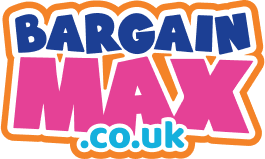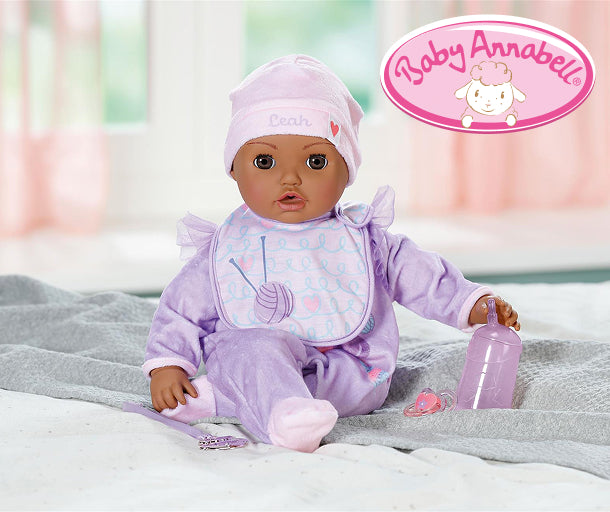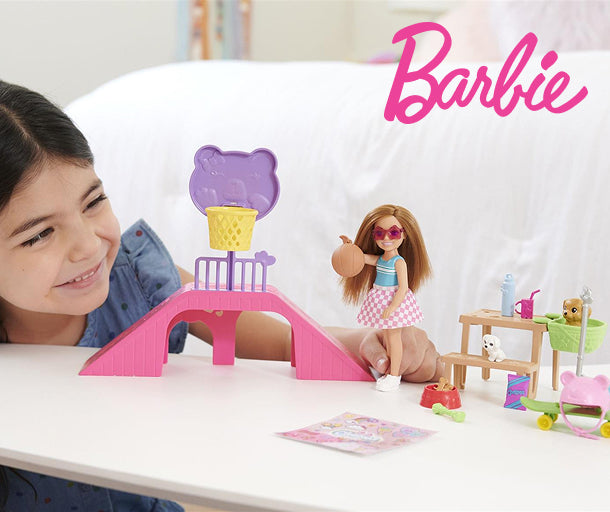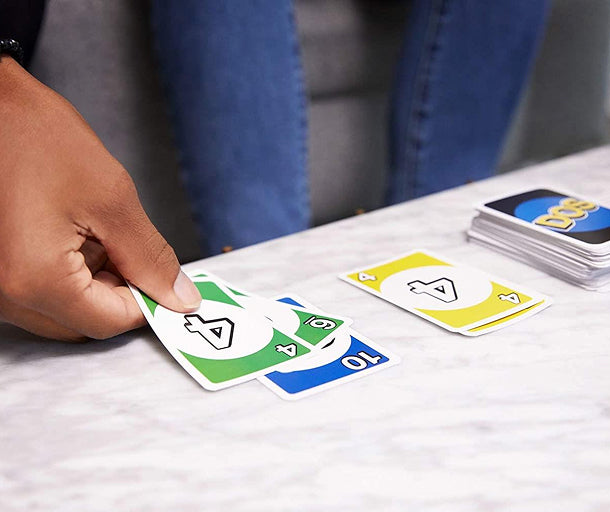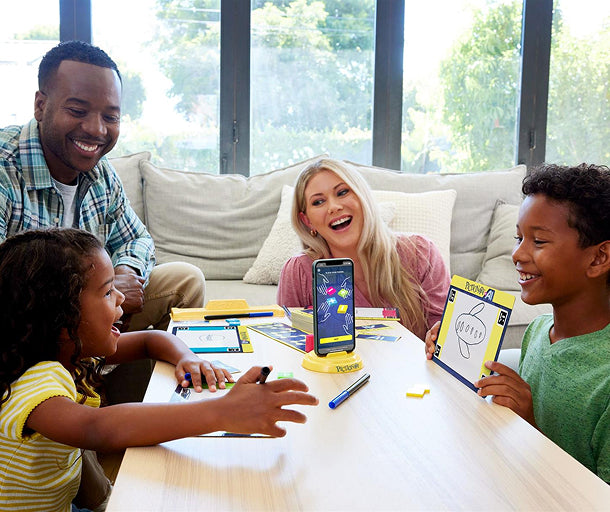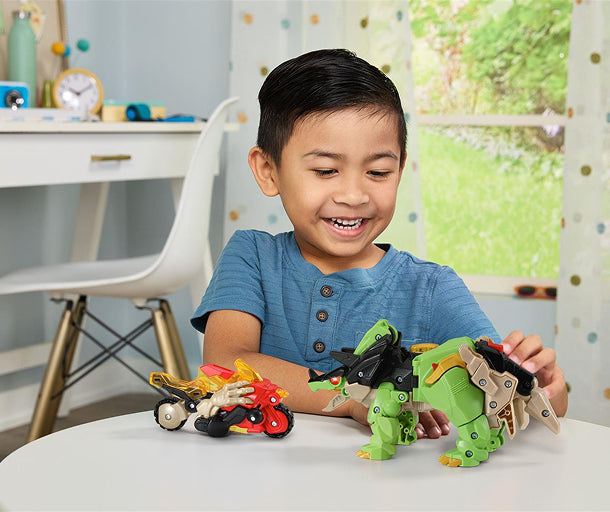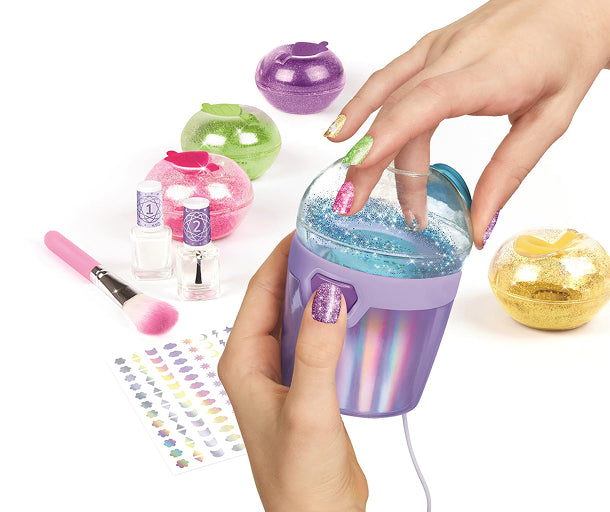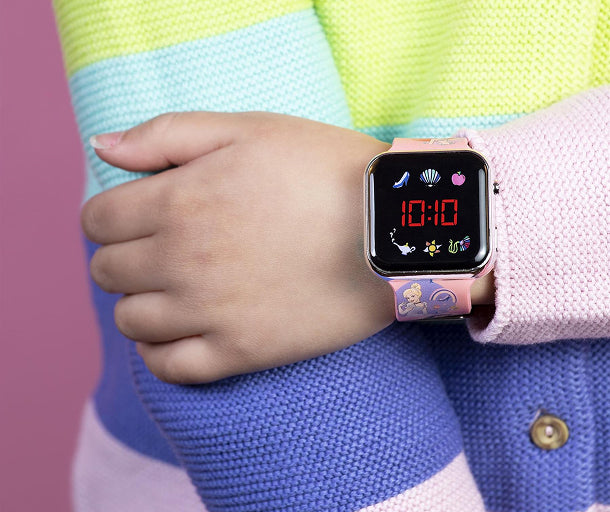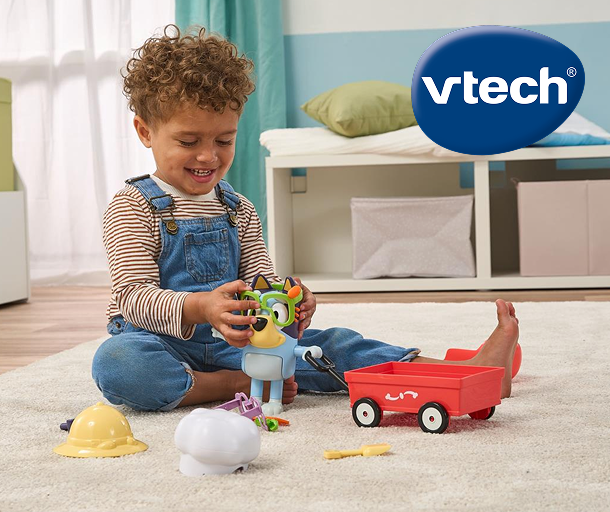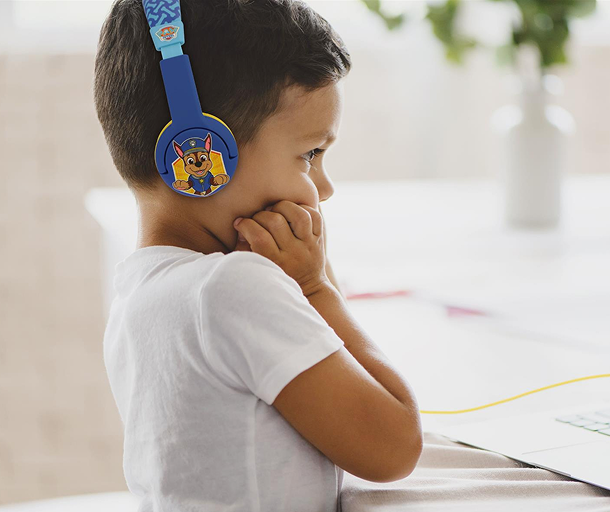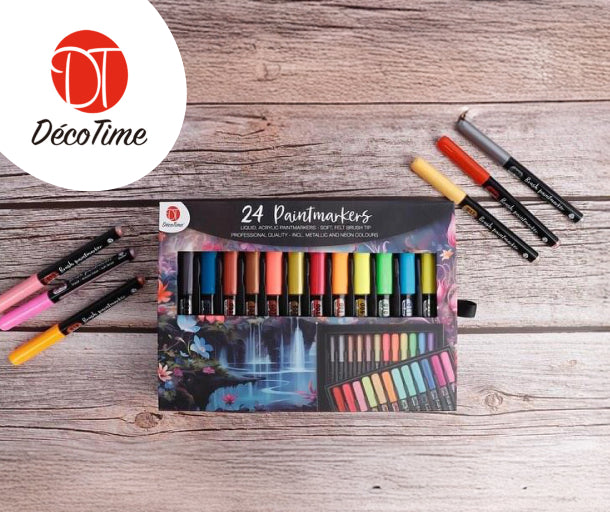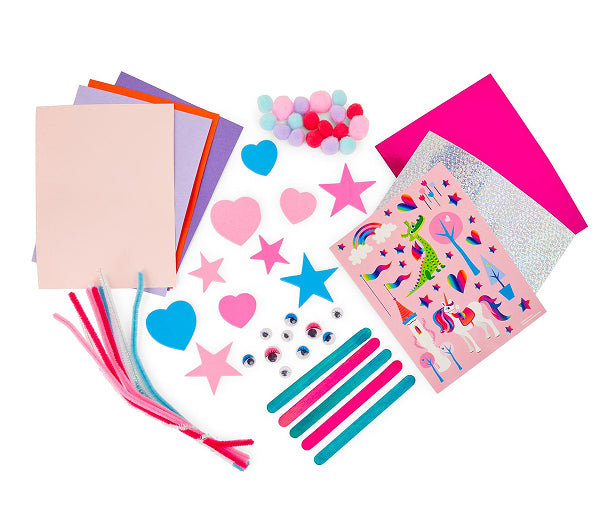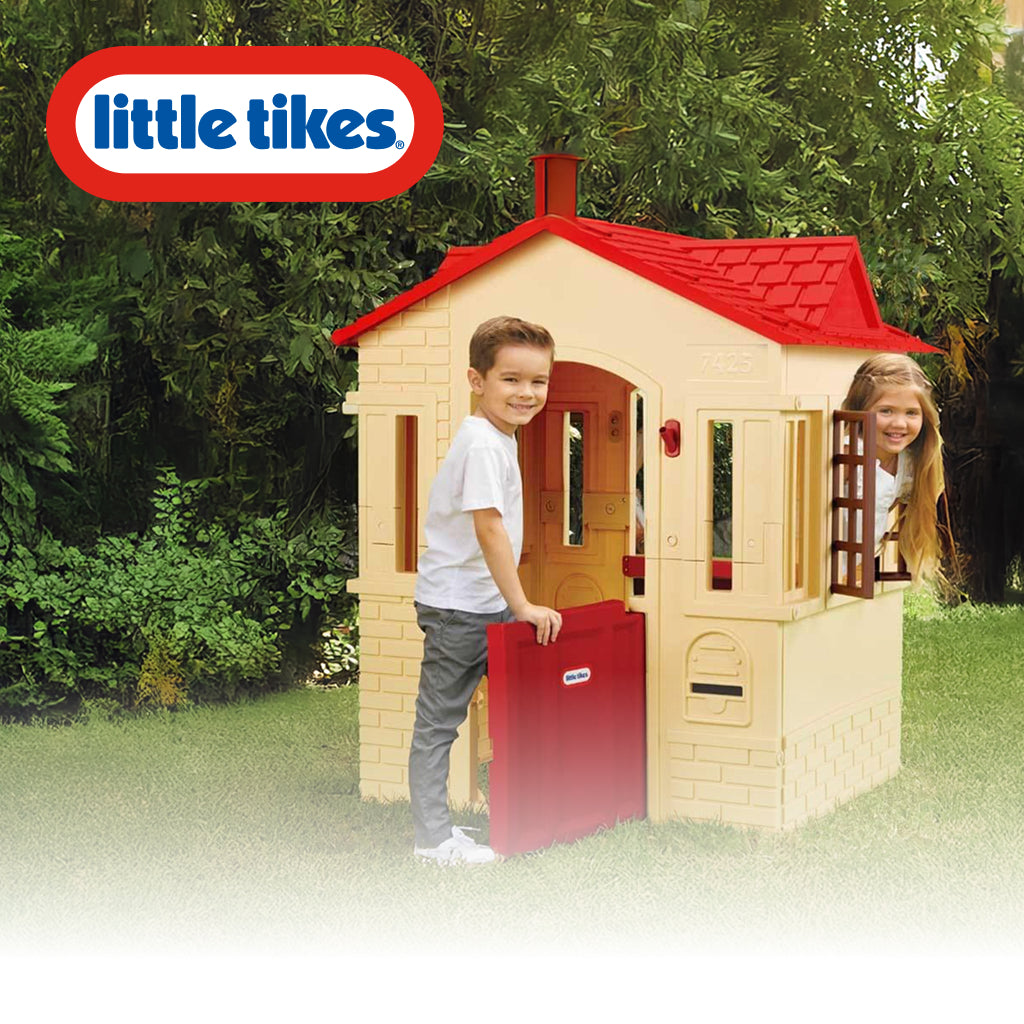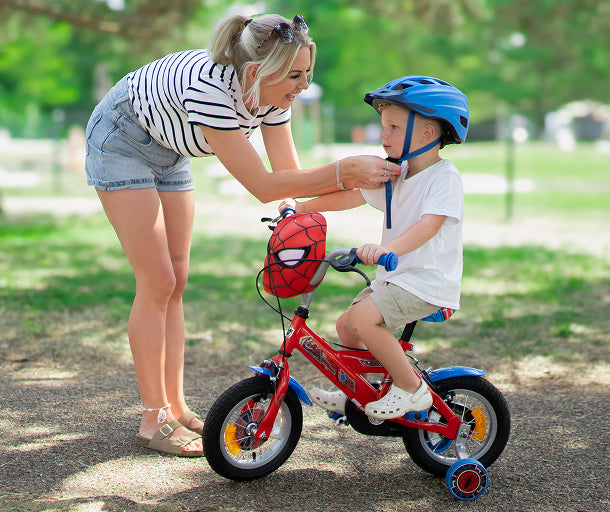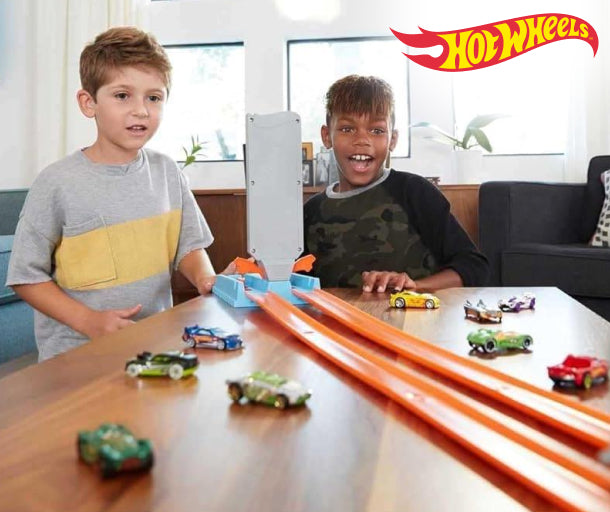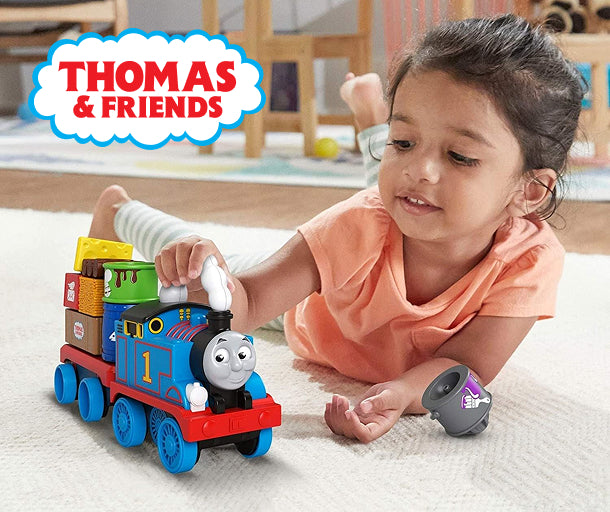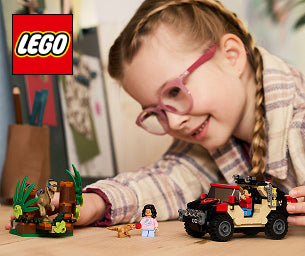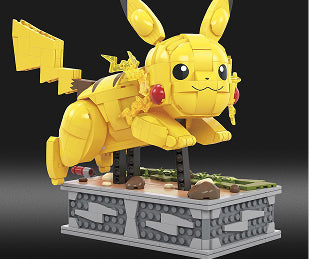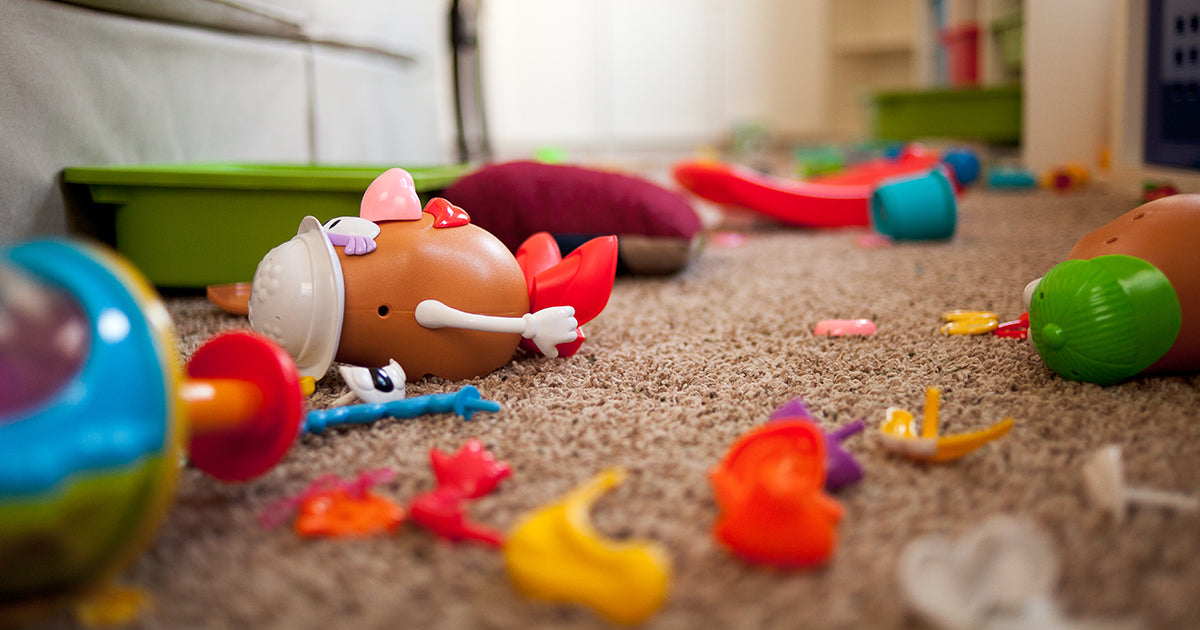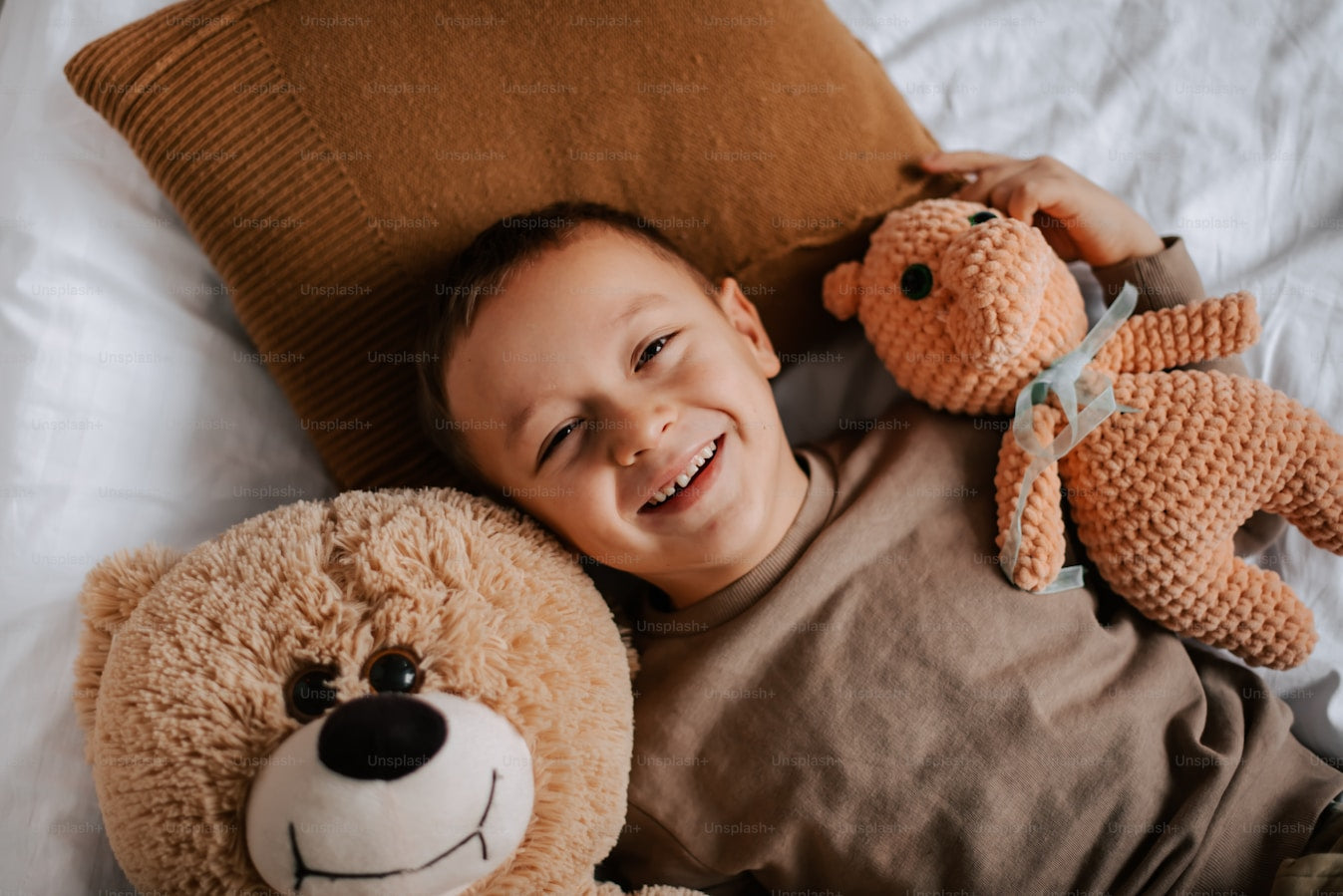We've all had that moment when you walk into your toddler's play area and feel… overwhelmed. Not by the noise (you've made peace with that), but by the number of toys. Plastic things. Wooden things. Half-forgotten things under the sofa. You know they have more toys than they can play with at once. And yet they still turn to you and say, "I'm bored." Enter: the toy rotation system.
No, it's not a fancy Montessori-only trick or some hyper-organised fantasy. It's a surprisingly simple way to bring calm, clarity, and a little more joy to your toddler's everyday play. You don't need an enormous house, matching storage baskets, or a degree in child psychology. You just need a bit of a plan and a willingness to try something new.

What is a toy rotation?
Essentially, it's a way of cycling through your child's toys so they're not all out at once. You offer a curated selection for a week or two, then swap them for others tucked away in storage boxes or a cupboard. Think of it as minimalism, but for play. The point isn't minimalism for its sake. It's about making playtime more exciting and less chaotic. Toy rotation allows toddlers to explore what's in front of them, rather than darting from one thing to another. It also means that they get the excitement of new toys again, over and over.
Are toy rotations worth it?
There's a reason the Montessori approach and early years educators often recommend rotating toys. It encourages deeper focus, longer attention spans, and more imaginative play. It helps kids build those core problem-solving skills and fine motor abilities because they're not overstimulated. And for you? It cuts down on toy clutter, reduces cleaning up battles, and can even help you reconnect with what your child enjoys.
At what age should you start toy rotation?
There's no official starting point, but many parents find it makes sense to start around 12 months. That's when babies start transitioning into more purposeful play, stacking, poking, mimicking, building towers just to knock them down again. So, you can start a toy rotation, whether you've got soft toys or just a few stacking toys. You might find inspiration in our baby and pre-school toys if you're still building out your toy selection.
Signs your toddler could benefit from toy rotation
Some indicators that a toy rotation could benefit your child include:
· They're flitting between toys without really playing
· They're asking for screen time more, read more with: When does screen time become too much for your kids?
· They keep returning to one or two favourites, ignoring everything else
· You're constantly tripping over the same plastic truck
How to set up a toy rotation system at home
Here's where it helps to be practical. You don't need to overhaul your entire play space in a day, but you do need to take stock.

Step 1 - Start with a toy inventory
Lay everything out. Categorise by type: musical toys, pretend play sets, building blocks, board games, sensory toys, educational value, you name it. Yes, this bit can feel like an organisational challenge. Maybe get a coffee first.
Step 2 – Get sorting
Group toys into 4–5 sets. Include a balance of toy categories - active toys, arts and crafts, musical instruments, and a good old sensory bin filler or two. Think variety over perfection; the goal is to keep each set interesting and well-rounded without overthinking it.
Step 3 - Pick your rotation frequency
Weekly? Fortnightly? Monthly? Trust your instincts (or your child's boredom cues). There's no rulebook here. Just aim for a rhythm that keeps things feeling fresh without adding pressure - it’s about keeping play engaging, not making more work for you.
What is the 10 toy rule?
You might have heard of this. The idea is: limit what's out to just 10 toys at a time. It is not a hard rule, but more of a gentle guide. Enough for variety, not so much it overwhelms. Include a few favourites alongside newer or forgotten toys from your stash.
Toy storage tips that actually help
Let's talk storage space - and the lack thereof. Most of us don't have Pinterest-worthy playrooms, but even the smallest of spaces can work with the right toy rotation storage.
Some tried-and-tested options:
· Storage baskets or under-bed storage drawers for keeping rotations out of sight
· Cube storage units - modular, neat, and toddler-reachable
· An oversized classic toy box seat for quick tidying
· Multi-use pieces like a storage shelf unit that doubles up for books or board books
Don't forget to label things if you want your future self to thank you.
Real-life examples
Some parents like to match toy sets to weekly themes - animals one week, vehicles the next. Others take a more intuitive approach, rotating based on their child’s current interests, and some prefer to switch things up with the seasons. There’s no one “right” way to do it - just what works best for your family.
Toy rotation mistakes to avoid
· Too many toys out at once.
· Rotating too often - they need time to settle into play.
· Forgetting about developmental stages - Keep an eye on what supports motor development and social-emotional learning.
Ultimately, a toy system isn't about control but creating space. Space to breathe, to focus, to enjoy the toys you've lovingly chosen. It's about being a bit more intentional and a bit less frazzled. When toys are thoughtfully rotated and not overflowing from every corner, it’s easier for kids to dive into meaningful play - and easier for you to enjoy the calm that comes with it. It’s not about perfection, just a little more ease in the everyday.
